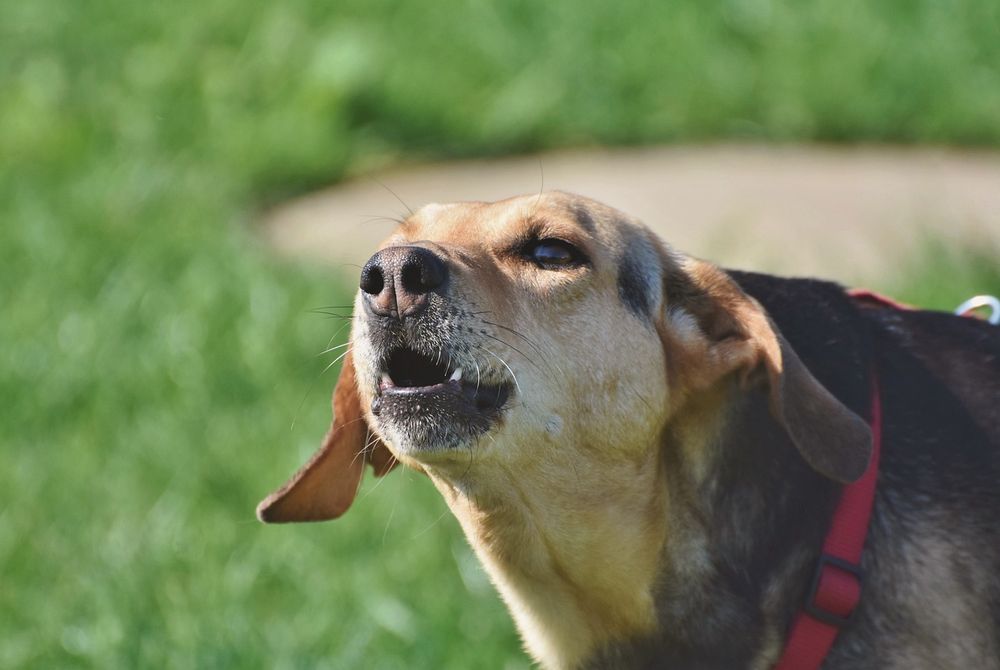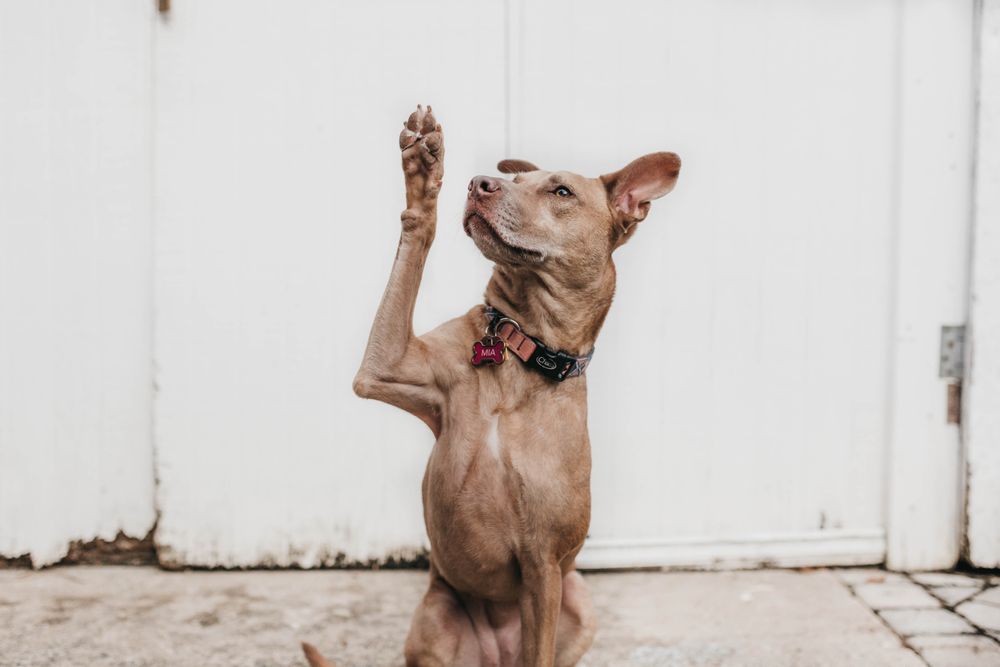Teaching your dog to “leave it” is very important, especially if you live in a city or an area with lots of unpredictable items on the ground. To help teach your dog “leave it”, this article explains:
- Why it’s important to teach your dog “leave it”
- Tips for teaching your dog to “leave it”
- What other pet parents are asking about teaching their dog to “leave it”
Why is it important for your dog to learn “leave it”?
Teaching your dog a solid “leave it” cue can prevent them from harm and even save their life. By teaching your dog to “leave it”, you can help them avoid things like trash, broken glass, dirty puddle water, another dog’s toy, half eaten hot dogs after a neighborhood block party, and a plethora of other things that could land your dog in harm’s way. By teaching a solid “leave it” cue, you can teach your dog that avoiding these items, and instead focusing on you, is more rewarding!
How to teach your dog to “leave it”
When teaching “leave it”, it's really important to set up your dog’s training environment to help them be successful. This means practicing:
- In a quiet area.
- With no distractions.
- Using tasty treats such as lamb lung
Once you’ve set up your dog’s environment, you can start practicing the five levels of “leave it”:
- Level 1 - Forbidden item in hand. Sit on the floor with your dog. Hold a piece of kibble in your left hand and a high value treat in your right hand. Put the hand with the high value treat behind your back, and allow your dog to sniff the hand with the kibble. When your dog stops investigating the hand with the kibble, and looks up at you, say “Yes!” and give your dog the high value treat from behind your back. Repeat this exercise five minutes a day for one week.
- Level 2 - Forbidden item on floor, covered by hand. Hold a piece of kibble in one hand and a high value treat in the other. Put the piece of kibble on the ground and make a cage with your hand over it. Wait for your dog to stop investigating your hand cage, say "Yes!", and feed your dog the high value treat from behind your back. Repeat this exercise until your dog looks up at you right away.
- Level 3 - Introducing the verbal “leave it” cue. Hold a piece of kibble in your left hand and a high value treat in your right hand. Drop the kibble behind your foot and say “leave it.” Be prepared to cover the kibble with your foot. As soon as your dog stops trying to get the kibble. Say “Yes!” and reward your dog with a high value treat. Repeat the exercise until your dog stops going for the kibble and immediately looks at you instead.
- Level 4 - Put your dog on a leash and toss a piece of kibble out in front of them. As soon as you toss the kibble say “leave it” and hold onto their leash tightly. Do not let them get the kibble. As soon as your dog looks back at you, and makes eye contact, say “Yes!” and reward them with a high value treat. When this exercise becomes too easy for your dog, substitute the piece of kibble for something a bit more challenging...like a treat! Repeat this exercise until your dog immediately looks at you when you say “leave it.”
- Level 5 - Forbidden item in front of dog, off leash. Toss a piece of kibble in front of your dog. As soon as you toss the kibble say “leave it.” To increase the difficulty of the exercise, toss higher value items in front of your dog.
If your dog is ever struggling with a level, don’t be afraid to take a step back in the process. Sometimes it takes a step back to eventually move forward!

Frequently asked questions about teaching dogs to “leave it”
Should I teach my dog to “leave it”?
Yes. Teaching your dog a solid “leave it” cue can help them avoid things like trash, broken glass, dirty puddle water, another dog’s toy, half eaten hot dogs after a neighborhood block party, and even save their life.
How long does it take to teach the “leave it” command?
Every dog is different and will proceed through the different stages of training at a different pace. It’s important to work at the speed of your dog. If you’re patient, and schedule consistent training sessions, you’ll see your dog make steady progress learning “leave it.”
What’s the difference between “leave it” and “drop it”?
“Leave it” means “don’t touch that”, whereas “drop it” means “get that out of your mouth.” While both the “leave it” and “drop it” cues are important, a solid “leave it” cue will prevent you from having to ask your dog to “drop it.”




